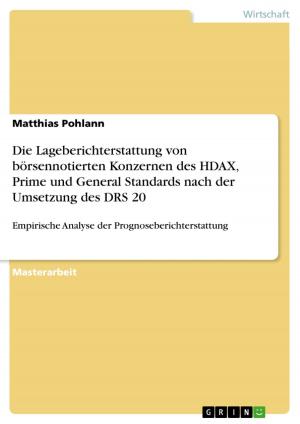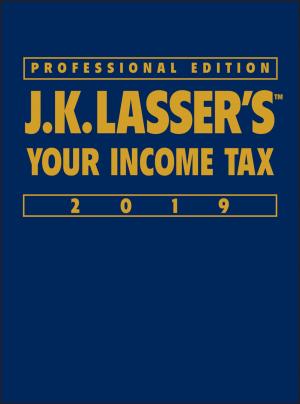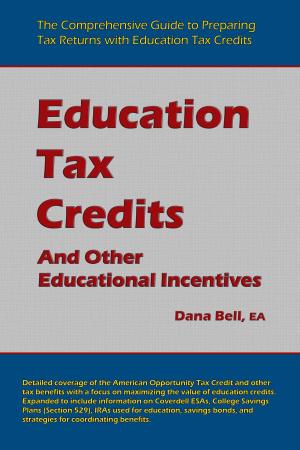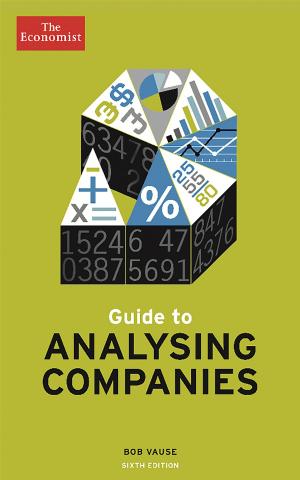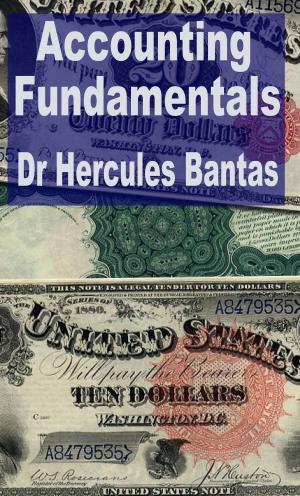| Author: | J. Davidson | ISBN: | 1230003032572 |
| Publisher: | Bull Run Publishing | Publication: | January 13, 2019 |
| Imprint: | Language: | English |
| Author: | J. Davidson |
| ISBN: | 1230003032572 |
| Publisher: | Bull Run Publishing |
| Publication: | January 13, 2019 |
| Imprint: | |
| Language: | English |
A deduction infers the removal or subtraction of a quantity or item. The term tax deduction refers to the removal of an item that results in a lower tax liability in relation to their taxable income. These deductions denote expense items that were incurred throughout a financial year. The taxpayer is then able to remove or subtract these expense items to ascertain the amount owed to the government as taxes for that year. A taxpayer is any employed or self-employed person, who based on their status, is required to make tax payments to the government, while a tax payment is any mandated amount due to the government from one’s tabulated income.
The tax deductions for 2019 are varied and in some instances are determined by the taxpayer’s employment status; employed, independent contractor or self-employed. The deductions can include expenses such as insurance and dental or medical payments, tuition paid for children, interest payment on mortgages as well as donations made to recognized-Charities. Also included as deductibles for 2019 are business expenses that include costs for uniforms, toll, gas, vehicle maintenance of the company-used vehicle and procurement of business materials and stationery.
This book seeks to introduce its readers to 2019’s top fifty tax deductions. The content prepared will outline each deductible, while outlining how each is applicable and best maximized. It is hoped that the information shared will significantly enhance the knowledge base surrounding the 2019 tax filing period, while increasing user comfort with the overall filing process.
A deduction infers the removal or subtraction of a quantity or item. The term tax deduction refers to the removal of an item that results in a lower tax liability in relation to their taxable income. These deductions denote expense items that were incurred throughout a financial year. The taxpayer is then able to remove or subtract these expense items to ascertain the amount owed to the government as taxes for that year. A taxpayer is any employed or self-employed person, who based on their status, is required to make tax payments to the government, while a tax payment is any mandated amount due to the government from one’s tabulated income.
The tax deductions for 2019 are varied and in some instances are determined by the taxpayer’s employment status; employed, independent contractor or self-employed. The deductions can include expenses such as insurance and dental or medical payments, tuition paid for children, interest payment on mortgages as well as donations made to recognized-Charities. Also included as deductibles for 2019 are business expenses that include costs for uniforms, toll, gas, vehicle maintenance of the company-used vehicle and procurement of business materials and stationery.
This book seeks to introduce its readers to 2019’s top fifty tax deductions. The content prepared will outline each deductible, while outlining how each is applicable and best maximized. It is hoped that the information shared will significantly enhance the knowledge base surrounding the 2019 tax filing period, while increasing user comfort with the overall filing process.


